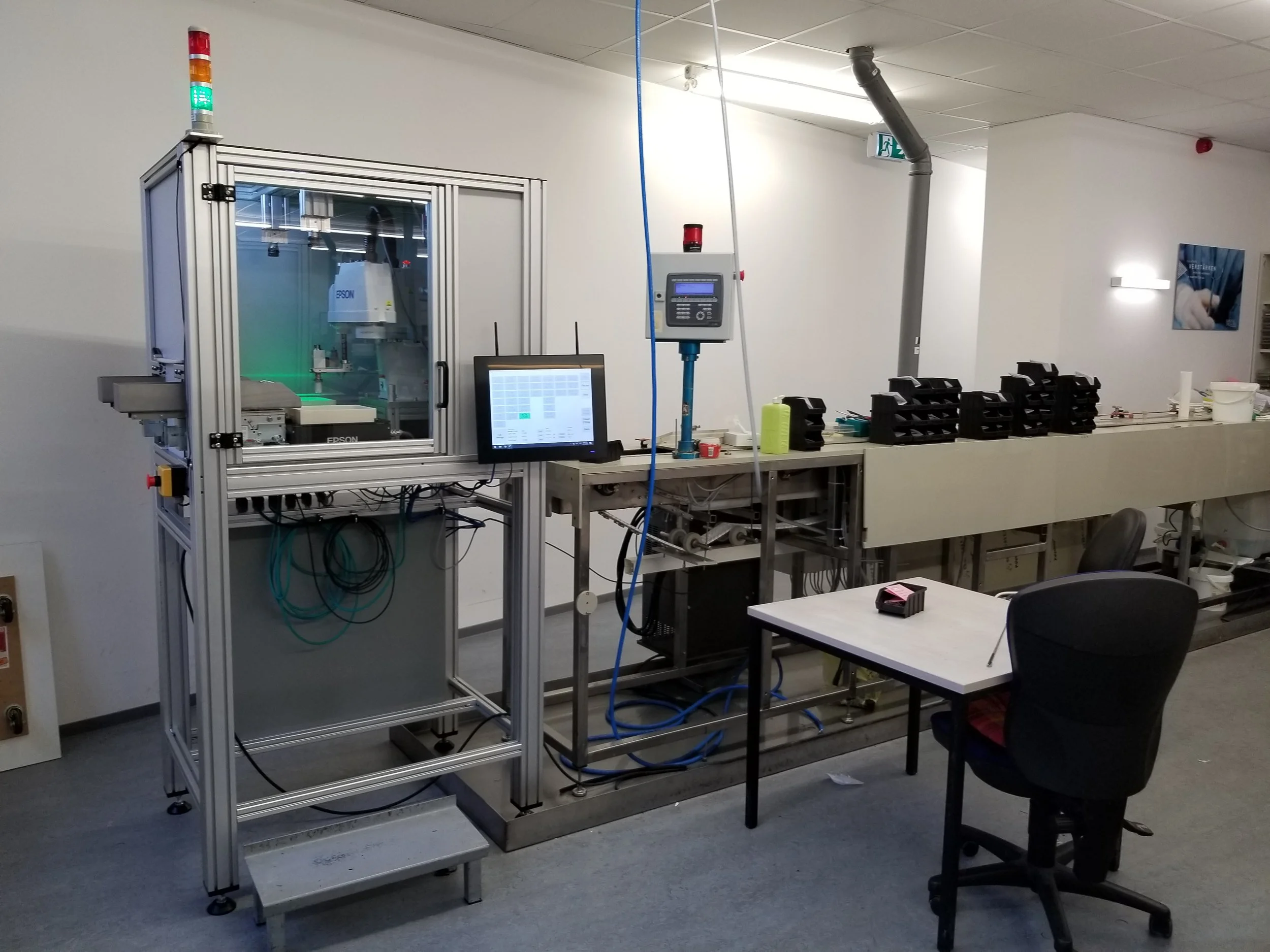Automating surgical needle singulation — safer, faster, and saving nearly $900,000 every year.
From manual, high-risk sorting to vision-guided automation. Installed in just 16 weeks, processing 1,800 needles an hour, and saving nearly $900,000 in labor costs every year.
This automation system was designed to eliminate one of the most tedious and risky jobs on the line and replace it with a process that is safe, consistent, and easy to manage. In just 16 weeks, the solution was installed and fully operational — taking over a task that had been both a bottleneck and a constant safety concern. Instead of operators handling sharp parts one by one, the robot now manages the flow with precision and reliability.
Installed and fully running in just 16 weeks
Processes about 1,800 needles per hour (1 every 2 seconds)
Delivered a 20% increase in throughput
Replaced the work of 18 operators across 3 shifts and 6 machines
Generates nearly $900,000 in annual labor savings
Reduced needle-stick risk to near zero
Staff reallocated to higher-value tasks instead of repetitive sorting
The real value came in how it changed daily operations. Work that once demanded multiple shifts of dedicated labor is now handled automatically, freeing up people to take on more meaningful responsibilities. Production runs faster and smoother, compliance is built into the process, and the cost savings have been dramatic. This project proves how automation doesn’t just replace repetitive tasks — it transforms them into opportunities for efficiency, safety, and measurable ROI.
This project shows what’s possible when automation tackles the right problem — safer jobs for operators, faster output for production, and a return on investment that speaks for itself. If you’re ready to explore how automation could transform your process, let’s start the conversation today.


